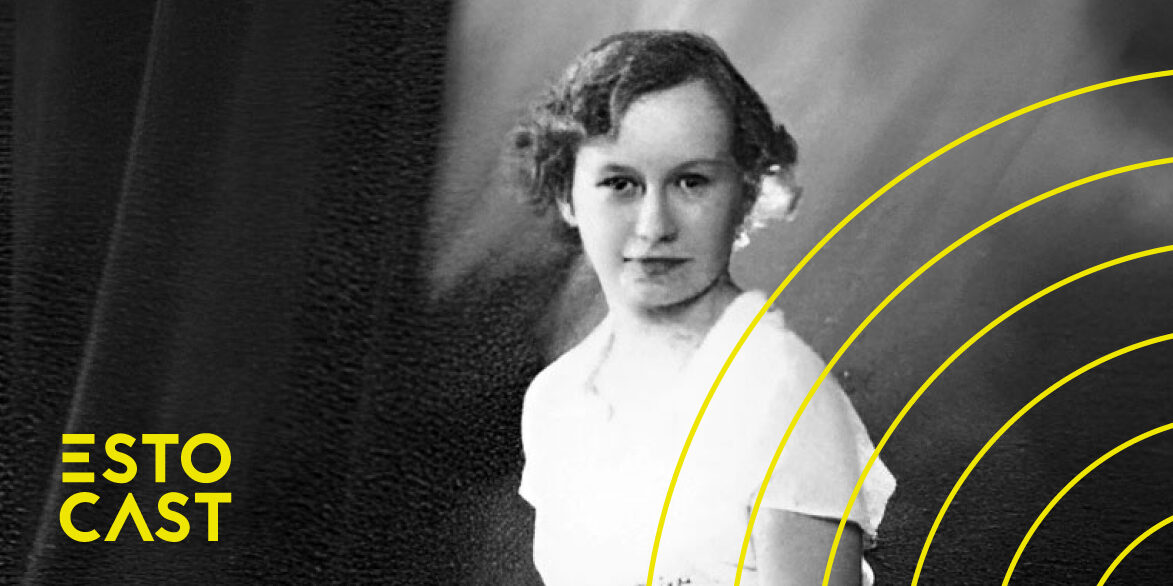How long have you been living in Estonia?
Nearly 14 years. I came to Tartu in 2002 to study at the University. I was 54 when I came here and fell in love with the town. I write. I have a column in the newspaper Maaleht (my columns surface in Canada as “Bird droppings”), do teaching and edit texts for Tartu and Tallinn Universities and the Academy of Art. I have written an English language anthology of Estonian literature, currently with Indiana University who have “expressed an interest.”
What was the most difficult thing to get used to there?
Estonian reserve. The peoples of the English-speaking world are used to expressing themselves freely. And usually do! History has not been so kind to the Estonians who tend to keep their opinions to themselves and their emotional life buttoned up. Patience and affection, however, can work wonders and, once Estonians open up they can be as likeable or annoying as anyone, anywhere. I value my Estonian friends highly.
What has been the reaction of readers to your “Bird droppings”?
Favourable, I am given to understand from various individuals who read my columns either in English or Estonian. “Bird droppings” first appeared in the English language supplement of Eesti Elu newspaper in 2006. The Estonian language Maaleht column began in 2011. I wrote in English and Mati Soomre (who translated Xenophobes guide to the Estonians) translated my articles. There is currently a hiatus as Mati, alas, died this year and I need another translator.
Well, you are one of the authors of Xenophobe's guide to the Estonians. How did you divide the writing? Who got to write all the funny bits? What parts of the book are written by you?
Most of Xenophobes guide to the Estonians was written by me – around 90% to 95%. Lembit wrote the first draft but the publisher rejected it. Ulvi caught up with me in Estonia and suggested we write a version. I wrote to the publisher and she was pleased with what I wrote. I amalgamated parts of the Lembit's text into the book. Ulvi provided stories. Lembit must be credited with the astute observation that “It would be easier to get a computer to cry than to get Estonians to show their innermost feelings.”
You are compiling and translating an anthology of Estonian literature. What writers are represented there?
Everything from the anonymous poets of the oral tradition to writers active in 1991. 56 authors are represented. All the usual suspects have been rounded up: regivärss, Kalevipoeg, Kreutzwald, Koidula, Kitzberg, Liiv, Alver, Under, Haava, Suits, Tuglas, Rummo, Runnel, Vaarandi, Kaplinski, Kareva.
Who is your favourite Estonian writer? Why?
Good lord, what a question! I love the ancient oral tradition. It is commonly accepted by scholars that it originated with women (because so much of it addresses everyday tasks and the life of the home) and I would single out the anonymous poet of The brothers war story, Venna sõjalugu in which a sister advises her brother to stay out of the firing line during a battle … Wonderful , wonderful regivärss and a very sensible message. Lydia Koidula retained the musicality of oral poetry while adopting German rhyme with great effect. But we all love Lydia do we not? Anna Haava's quiet, gentle Ilmar ise … Majestic, sexy Under. Kersti Merilaas and Debora Vaarandi welcoming the Khrushchev thaw in 1957, Merilaas with Can you hear the call of Spring, Kas kuulete kevade kutset and Vaarandi with Simple things , Lihtsad asjad. Loone Ots' cheeky, clever postmodern play Blood of Koidula, Koidula veri. But, if I had to toss for one favourite writer, the contest would (probably!) boil down to Betti Alver and Doris Kareva. I admire both for their intellectual discipline, elegance and their amalgam of ancient and modern. Kareva is, in my opinion, our finest living poet. Be prepared for anything. Her Mandragora is a veritable shopping list of Estonian poetic genres from German rhyme to Modernist free verse to rap and all shot through with ancient ilo meel (beautiful thought). Sample Kareva in English with Shape of time, ably translated by Tina Aleman and published by Arc. And the men? I love Kreutwald's Siuru bird in Kalevipoeg, Kitzberg's taught Libahunt, Werewolf (with Tiina the theatrical role that every Estonian actress worth her salt wants to play), mad, sad Juhan Liiv, Enno's gorgeous evocation On a white night in Tartu, Tartu valgel ööl, Luts' jolly schoolchildren, Suits' visceral regivärss Birth of a child, Lapse sünd , Paul-Eerik Rummo's furious, anti Soviet diatribe The sender's address, Saatja aadress (1968). I could go on …
What are your expectations while visiting Toronto?
I look forward to a good time with old friends from Tartu University, now, in typically Estonian fashion, scattered throughout the world. I am giving a talk at Tartu College (sounds like home from home). I am also looking forward to experiencing Canada and the “New World.” I love an adventure. I am, after all, the descendant of seafaring Käsmu pirates and smugglers.
Lea Kreinin




